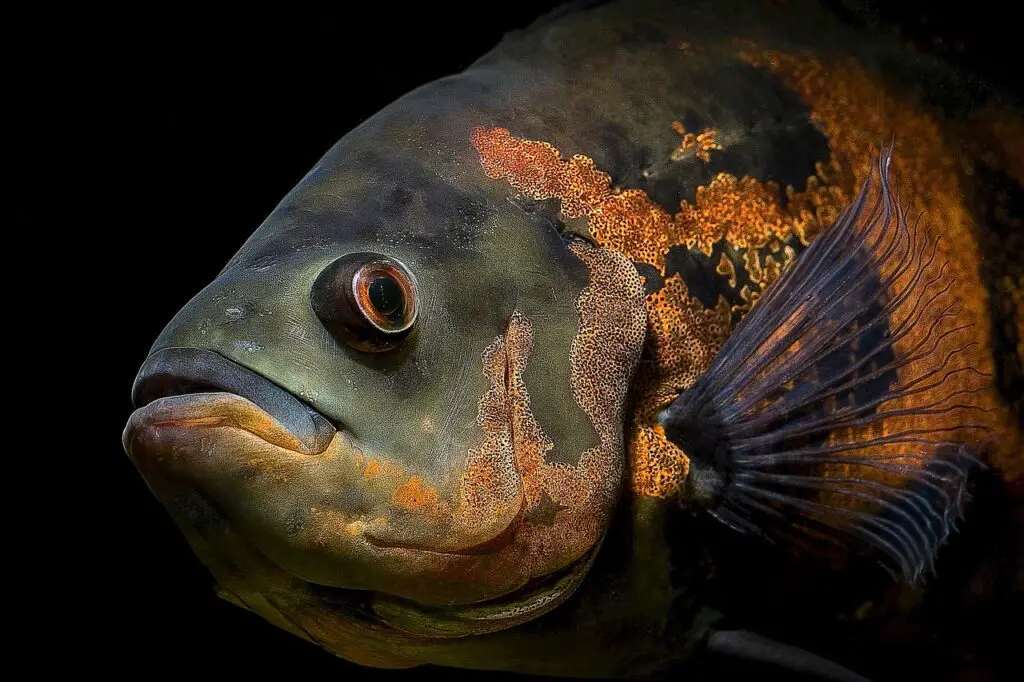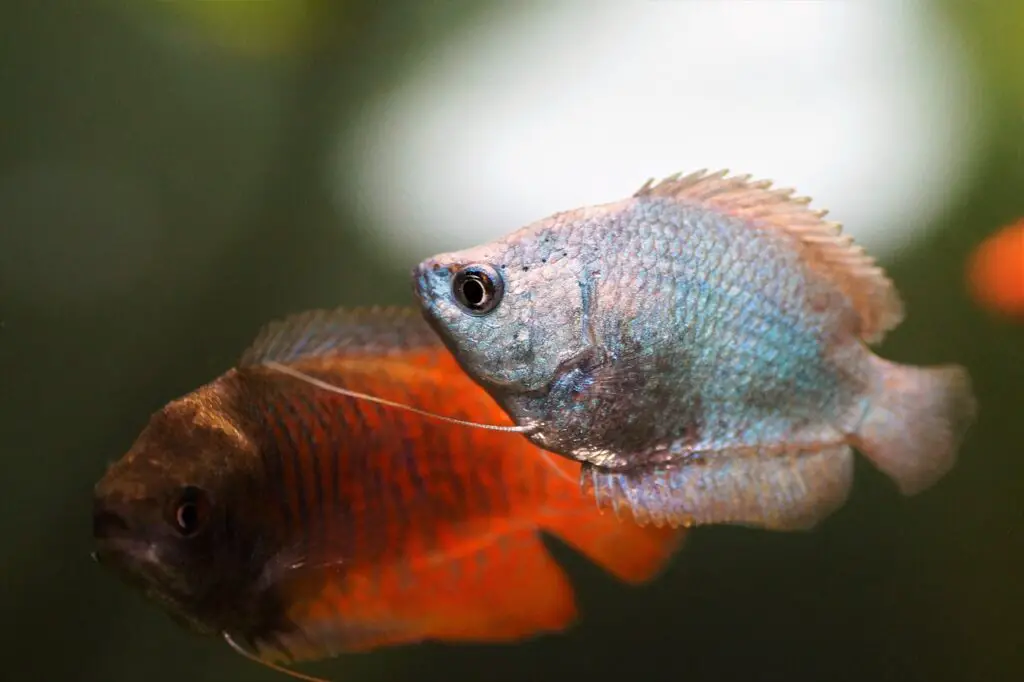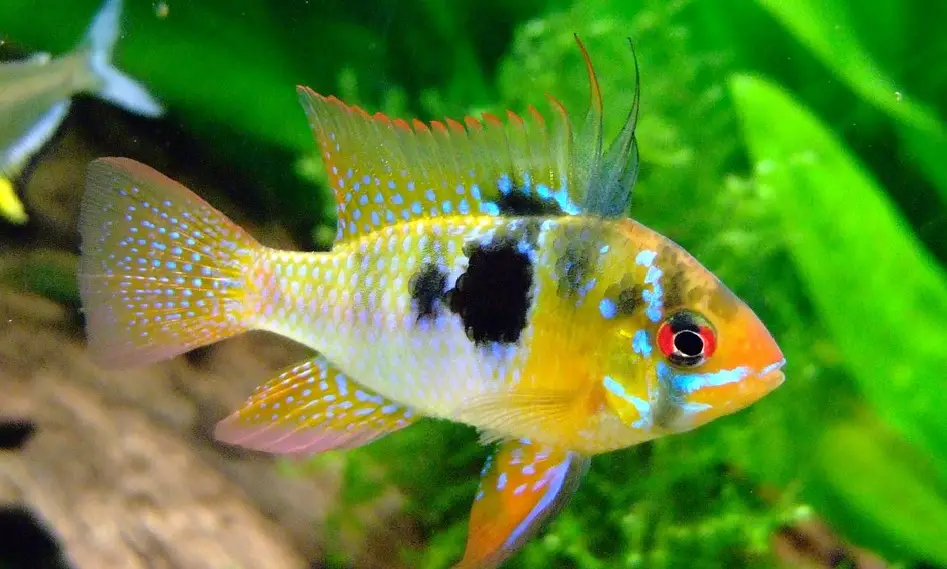Fish are often considered simple creatures, swimming around in their tanks and eating food dropped into the water. But many people don’t know that fish can suffer from strokes, just like humans. It’s almost like a fish having a heart attack, something we never think about but should be aware of. Comparing it to an invisible force suddenly taking away our ability to move freely, a stroke for a fish is much like being frozen in place with no control over your movements.
The idea of a creature such as a fish suffering from such a debilitating condition may seem strange or even absurd initially; however, numerous studies have been conducted on this topic that proves otherwise. While the exact cause behind these occurrences is still largely unknown, some scientists believe that environmental factors could play an important role in increasing the risk of certain fish developing strokes or neurological issues.
It’s clear that more research needs to be done on this subject if we want to understand better how and why these events occur – ultimately helping us protect both ourselves and our aquatic friends alike. In this article, we’ll take a closer look at the potential causes of strokes in fish, recent findings related to this issue, and possible treatments available for affected animals.
What Is a Stroke?
A stroke is like a tidal wave that washes over our body and mind, threatening to drown us in its wake. It’s an event that can leave lasting impacts on many aspects of life and is something we all want to avoid. Understanding what it is and being aware of the signs can be critical for survival or getting proper care when necessary.
At its core, a stroke occurs when there is some disruption in blood flow to part of the brain. This may happen due to blockage or a rupture in one of the arteries supplying oxygen-rich blood and nutrients to your brain cells. When this happens, those cells begin to die off quickly as they start running out of fuel needed for their regular functioning. The effects are wide-ranging depending on which area(s) were affected by the lack of circulation. Still, they most commonly include things like impaired speech and mobility, confusion, headaches, blurred vision, etc.
It’s not just humans who are susceptible to strokes either – animals, including fish, can also suffer from them too! In fact, research has shown that certain species are even more prone than others due to particular genetic factors at play within these creatures’ bodies. With the right knowledge and understanding, we can better protect our aquatic friends from experiencing such an unfortunate fate, so let’s look at how we might do that next.

Are Fish Susceptible to Strokes?
Strokes are no fish-tale. While humans may be the most likely victims of strokes, fish can also succumb to their effects. In this article, we’ll dive into what a stroke is and whether or not our aquatic friends face similar risks.
To get started, let’s set the stage for understanding strokes by taking an in-depth look at them. A stroke is like a storm that wreaks havoc on the body – it occurs when blood flow to your brain gets blocked (either from a clot or a burst vessel). This disruption of oxygen supply causes brain cells to die off quickly, leading to medical complications such as paralysis, memory problems, and long-term disability. It’s devastating stuff to consider and something everyone should keep an eye out for – even if you don’t have gills!
But how does this apply to our finned friends? Are they just as susceptible to strokes as us landlubbers? The short answer is: yes! Fish brains work similarly enough to ours that everything mentioned above applies equally across species. However, some differences might be due to environmental factors like water temperature or pH levels. Since these conditions vary drastically between ecosystems, it’s important for aquarists and fishermen alike to identify any potential warning signs of a stroke in their underwater companions.
Identifying symptoms in fish can range from unusual behavior patterns like erratic swimming movements or sudden changes in appetite all the way up to physical manifestations like twitching fins or discoloration around the head area. By watching closely for any oddities in normal behavior, owners can spot trouble before it becomes serious and potentially save their pet’s life – which is definitely worth its weight in gold!
Identifying Symptoms of A Stroke in Fish
When it comes to helping our fish friends, we want to make sure that we can recognize the signs of a stroke when they come up. It’s not always easy to tell, but there are some key symptoms to look out for.
The most obvious symptom is when one side of the fish isn’t moving like the other. We might see them swim in circles or move their fins asymmetrically. In addition, sometimes you might notice their gills aren’t working as normal and could appear clamped down on one side. These are all indications that your fish may be experiencing a stroke.
If you observe any of these symptoms, you take action quickly and seek help from an experienced veterinarian specializing in aquatic animals. They will advise you on what steps to be taken next so your beloved pet can receive proper care and treatment as soon as possible.
To ensure our friend gets back into good health, let’s explore how we can treat strokes in fish…

Treating Strokes in Fish
Treating a stroke in fish is like navigating uncharted waters, as the medical options are still largely unexplored. However, some steps can be taken to ensure your aquatic friend gets the best care available and fully recovers.
Like any illness, prevention is key when it comes to strokes in fish. But if you find yourself with a sickly swimmer on your hands, don’t panic – take a deep breath and read on for some tips on treating them effectively.
When dealing with a stroke-afflicted fish, it’s important to act quickly. Start by isolating them from other tank mates so they won’t spread infection or further stress their weakened state. To reduce inflammation, try adding an anti-inflammatory medication to the water; this will also help manage any pain symptoms that may be present.
Additionally, extra oxygenation can boost their energy levels and aid healing time. Finally, proper nutrition is essential for stroke recovery; feed them small amounts of high-quality food several times daily to maintain their strength during treatment and beyond.
Compassionate care combined with these simple interventions gives our finned friends the best chance of making a lasting comeback after suffering from a stroke – giving us all hope for happy endings!

Prevention of Strokes in Fish
When it comes to protecting our fish from strokes, prevention is key. We can take proactive steps now that will help keep our fish healthy and safe in the future. That’s why understanding how to prevent strokes in fish is so important.
The first step we should take towards preventing stroke in our aquatic friends is ensuring they live in a clean environment. This means ensuring their tank or pond has been cleaned regularly with fresh water and no toxins present. Furthermore, ensuring sufficient oxygenation of the water and plenty of space for swimming around can also be beneficial when striving for good health among your finned companions.
We can also strive to provide them with a balanced diet rich in vitamins and minerals to promote strong immunity and overall well-being.
Additionally, proper exercises such as feeding them live food like worms or brine shrimp can stimulate mobility which helps reduce the chances of a stroke occurring due to sedentary lifestyle habits.
Finally, ensure you get an annual check-up for your fish from a veterinarian specializing in aquatic life – this way, any abnormalities detected early on may be addressed before they become serious issues!
Taking these precautionary measures won’t guarantee that your beloved pet won’t suffer from a stroke, but it certainly minimizes the risk; plus, it’s always better to be safe than sorry! So let’s all work together here to give our underwater buddies the best chance at avoiding any medical emergency situations by doing whatever we can to protect them proactively today!
Conclusion
It is amazing to think that animals as small and seemingly delicate as fish can suffer from strokes. While it may seem unlikely, it is important for all pet owners to be aware of the possibility of a stroke in their fish.
Overall, while it is not common for fish to have strokes, they are still susceptible to them. It can be difficult to identify when a stroke has occurred. Still, if you pay close attention to your fish’s behavior and physical appearance, then you should be able to spot any signs or symptoms that might indicate one. If treated quickly enough, the prognosis for recovery from a stroke in fish can be quite good; up to 80% survive after treatment.
Therefore, take care of your fish by providing them with clean water, regular check-ups, and proper nutrition so they can thrive and live healthy lives without fear of suffering from a stroke. Don’t forget – prevention is key!
